Home>Renovation & DIY>Tools & Equipment>Why Is It Difficult To Exert A Large Force Using A Screwdriver
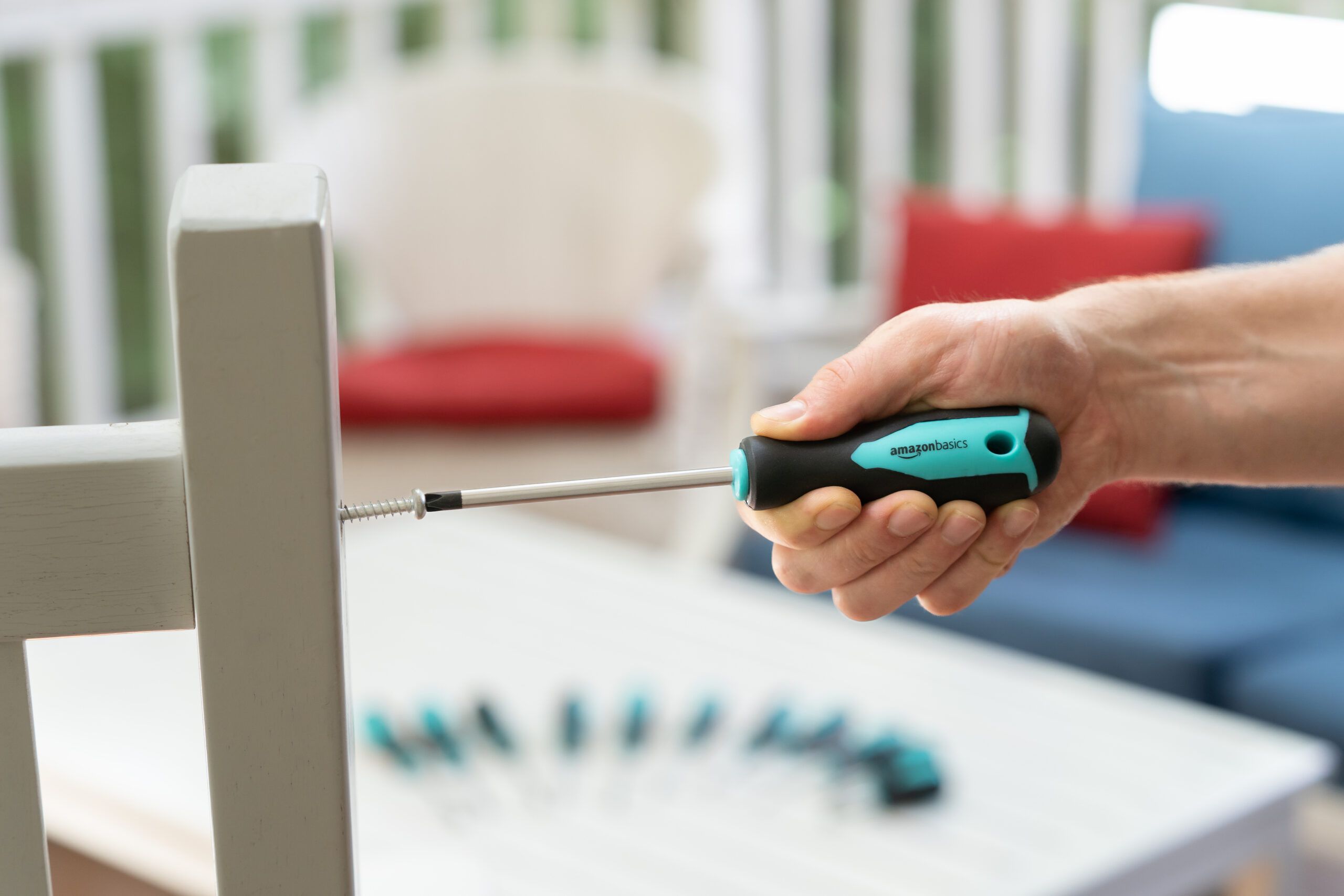

Tools & Equipment
Why Is It Difficult To Exert A Large Force Using A Screwdriver
Published: December 19, 2023
Discover why exerting a significant force with a screwdriver can be challenging. Explore the limitations of tools and equipment in maximizing force.
(Many of the links in this article redirect to a specific reviewed product. Your purchase of these products through affiliate links helps to generate commission for Storables.com, at no extra cost. Learn more)
Introduction
When it comes to performing tasks that require physical force, such as loosening a tight screw or driving a nail into a solid surface, a screwdriver is a trusty tool in every handyman’s arsenal. However, have you ever wondered why it can sometimes be challenging to exert a large force using a screwdriver?
In this article, we will explore the factors that contribute to the difficulty of exerting a significant force with a screwdriver. We will delve into the concept of force, examine the structure and function of a screwdriver, and discuss various factors that affect force exertion. By understanding these factors, you can enhance your ability to use a screwdriver effectively and efficiently.
So, let’s dive in and uncover the reasons behind the challenge of exerting a large force with a screwdriver.
Key Takeaways:
- Understanding friction, mechanical advantage, and grip techniques can help optimize force exertion with a screwdriver, making tasks more manageable and achieving successful outcomes.
- Factors such as surface condition, handle design, and hand positioning play crucial roles in enhancing force exertion with a screwdriver, empowering users to overcome challenges effectively.
Read more: How To Use A Screwdriver
The Concept of Force
Before we delve into the factors that affect force exertion with a screwdriver, let’s first understand the concept of force itself. In physics, force is defined as an influence that can cause a change in the motion or shape of an object. It is a vector quantity, meaning it has both magnitude and direction.
When using a screwdriver, our objective is to apply a force to either turn the handle to loosen or tighten a screw or to press it against a surface to drive the screw into the material. The magnitude of the force required depends on several factors, including the friction between the screwdriver and the screw or surface, the mechanical advantage of the screwdriver design, and the grip and technique of the person exerting the force.
Next, let’s explore the structure and function of a screwdriver to gain a better understanding of how it impacts force exertion.
The Structure and Function of a Screwdriver
To comprehend why exerting a large force with a screwdriver can be difficult, it’s essential to understand the structure and function of this ubiquitous tool.
A screwdriver consists of a handle and a shaft. The handle provides grip and control, while the shaft, typically made of durable steel, extends from the handle and narrows to a flat or Phillips head at the tip. This tip is designed to fit into the corresponding slot or cross-shaped indentation on a screw, enabling you to turn it.
The primary function of a screwdriver is to transfer torque from your hand to the screw, either to drive it into a material or to loosen it. Torque is the rotational force or moment applied to the screw. As you twist the handle of the screwdriver, torque is generated along the length of the shaft, thus causing the screw to move.
The size and shape of the handle are crucial in providing a comfortable and secure grip, allowing you to exert force effectively. Additionally, the length of the shaft determines the leverage you can apply. A longer shaft provides more leverage, making it easier to exert force. However, it is also important to consider balance and maneuverability when choosing the right screwdriver for a particular task.
Now that we understand the structure and function of a screwdriver, let’s explore the factors that affect force exertion with this tool.
Factors Affecting Force Exertion with a Screwdriver
Several factors come into play when it comes to exerting force with a screwdriver. Understanding these factors can help you overcome the challenges of exerting a significant force. Let’s take a closer look at each of them:
1. Friction: Friction between the screwdriver tip and the screwhead or the surface can significantly impact force exertion. Higher friction requires more force to turn the screw or drive it into the material. Factors such as the condition of the screwhead, surface texture, and the presence of debris can affect the level of friction.
2. Mechanical Advantage: The mechanical design of the screwdriver affects the force you can exert. Some screwdrivers feature a ratcheting mechanism or a handle with a wider grip, providing increased leverage and mechanical advantage. These designs allow you to apply more force with less effort.
3. Grip and Technique: The way you grip and handle the screwdriver influences force exertion. A proper grip helps to maintain control and maximize force transfer. Placing your hand closer to the screwdriver’s working end increases leverage, allowing you to exert more force. Experimenting with different hand positions and techniques can help you find the most effective way to generate force.
4. Handle and Shaft Material: The material used for the handle and shaft can affect force exertion. A comfortable and non-slip handle provides better control, reducing the chance of the tool slipping during use. A sturdy and durable shaft ensures that the force applied is efficiently transferred to the screw.
5. Screw and Material Type: The type of screw and material being worked on can also impact the force required. Different screw sizes, thread types, and material densities will require varying levels of force to turn or drive in.
Understanding these factors helps us grasp why exerting a large force with a screwdriver can be challenging. However, there are ways to optimize force exertion to make the task more manageable. In the following sections, we will explore techniques and tips to enhance force exertion with a screwdriver.
Friction and Its Role in Force Exertion
When it comes to force exertion with a screwdriver, friction plays a significant role. Friction refers to the resistance encountered when two surfaces come into contact and slide against each other. In the case of a screwdriver, friction occurs between the tip of the screwdriver and the screwhead or the surface being worked on.
Friction can have a substantial impact on force exertion. When there is higher friction between the screwdriver and the screwhead or surface, more force is needed to overcome that resistance and turn the screw or drive it into the material. On the other hand, lower friction allows for easier movement and requires less force to accomplish the task.
Several factors contribute to the level of friction encountered when using a screwdriver. These include:
1. Surface Condition: The condition of the screwhead or the material surface being worked on affects friction. If the screwhead is worn down or damaged, it may not provide optimal grip, leading to increased friction. Similarly, if the material surface is rough or uneven, it can create more friction, making it harder to exert force.
2. Surface Texture: The texture of the material surface can influence friction. Smoother surfaces tend to have lower friction, allowing for easier movement of the screwdriver. Conversely, rougher surfaces or surfaces with a higher coefficient of friction will require more force to overcome the resistance.
3. Debris and Contaminants: The presence of debris or contaminants on the screwhead or material surface can increase friction. Dirt, dust, or rust can hinder the smooth movement of the screwdriver, resulting in higher friction. Keeping both the screw and the working surface clean and free from debris can help reduce friction.
To minimize friction and enhance force exertion with a screwdriver, there are a few steps you can take:
1. Ensure the screwhead is in good condition, free from any damage or wear.
2. Keep the material surface clean and free from any debris or contaminants.
3. Lubricate the screw or the screwhead with a suitable lubricant, such as WD-40 or graphite powder. This reduces friction and allows for smoother movement of the screwdriver.
4. Use the appropriate size and type of screwdriver for the job. Using a screwdriver that fits properly into the screwhead reduces the chance of slipping and increases the effectiveness of force transfer.
By understanding the role of friction and taking steps to minimize it, you can improve force exertion with a screwdriver and accomplish tasks more efficiently.
When exerting a large force with a screwdriver, use one with a longer handle for increased leverage. This will make it easier to turn and apply more force to the screw.
Read more: Why Is Forced Air Heating Noisy
Mechanical Advantage and Its Influence on Force Exertion
When it comes to using a screwdriver, understanding the concept of mechanical advantage can significantly impact your ability to exert force effectively. Mechanical advantage refers to the amplification of force achieved through the design and structure of a tool. In the case of a screwdriver, certain design features can enhance mechanical advantage and make force exertion easier.
One of the primary factors that contribute to mechanical advantage is leverage. Leverage is the ability to apply a small force over a longer distance to generate a greater force over a shorter distance. In the context of a screwdriver, leverage is created by the length of the shaft and the position of the hand on the handle.
A longer screwdriver shaft provides increased leverage. When gripping the handle closer to the working end of the screwdriver, you can exert more force with less effort. This is because the distance between the fulcrum (your hand) and the point where force is applied (the screw) is longer, resulting in a greater mechanical advantage.
Furthermore, the width and design of the handle can also impact mechanical advantage. A wider handle allows for a stronger grip and better control, enabling you to apply more force. Additionally, some screwdrivers employ a ratcheting mechanism that allows for forward and backward motion without having to reposition your hand. This feature provides continuous force exertion, minimizing interruptions and increasing efficiency.
It’s worth noting that not all screwdrivers are created equal in terms of mechanical advantage. Different screwdriver designs and features will have varying levels of mechanical advantage, which will impact force exertion. It’s essential to choose the right screwdriver for the task at hand, considering factors such as handle comfort, shaft length, and any additional mechanics that enhance leverage.
By understanding and utilizing the mechanical advantage provided by different screwdriver designs, you can maximize force exertion and make tasks that require a large force more manageable. Experimenting with different screwdriver types and finding the one that feels most comfortable and effective for you can make a noticeable difference in your ability to exert force efficiently.
In the next section, we will explore grip and hand positioning techniques that can further enhance force exertion with a screwdriver.
Grip and Hand Positioning Techniques
When it comes to maximizing force exertion with a screwdriver, having the right grip and employing proper hand positioning techniques is crucial. A solid grip and strategic hand placement can help you generate more force and maintain better control while using a screwdriver. Here are some techniques to consider:
1. Full Hand Grip: To exert maximum force, wrap your entire hand around the handle of the screwdriver. This allows for a secure grip and ensures that the force is evenly distributed across your hand. Avoid gripping the screwdriver too tightly, as this can lead to muscle fatigue. Find the balance between a firm and comfortable grip.
2. Thumb Placement: Position your thumb on top of the screwdriver’s handle, opposite to the fingers. This placement provides additional stability and control when exerting force. By placing your thumb on the handle, you can apply downward pressure and prevent the screwdriver from slipping or rotating in your hand.
3. Positioning Hand Closer to the Working End: To increase leverage and force exertion, move your hand closer to the working end of the screwdriver. This allows you to generate more torque with each rotation. However, be mindful of maintaining a stable grip and avoiding any hand-slippage when placing your hand closer to the working end.
4. Two-Handed Grip: For particularly stubborn screws that require a significant amount of force, utilize a two-handed grip. With one hand positioned closer to the working end and the other on the handle, you can apply force from opposite directions. This technique increases stability and distributes force evenly, making it easier to exert a larger force.
5. Steady Pressure: Apply steady and consistent pressure while turning the screwdriver. Avoid sudden or jerky movements, as they can result in less control and decrease the effectiveness of force exertion. Applying a continuous and moderate amount of force will help overcome resistance and ensure a smoother turning motion.
Remember, finding the most comfortable and effective grip may vary depending on personal preference and the task at hand. It is recommended to experiment with different grip variations to determine what works best for you. Additionally, take breaks periodically to prevent hand fatigue and maintain accuracy and control.
By implementing these grip and hand positioning techniques, you can enhance force exertion with a screwdriver. These techniques, combined with an understanding of friction, mechanical advantage, and other factors, will help you overcome the challenges of exerting a large force and carry out tasks more efficiently and effectively.
Tips for Exerting a Large Force with a Screwdriver
Exerting a large force with a screwdriver may sometimes be necessary for tasks that involve stubborn screws or driving screws into hard materials. Here are some tips to help you maximize force exertion and accomplish your tasks more effectively:
1. Choose the Right Screwdriver: Select a screwdriver that suits the specific task. Consider the size, type, and quality of the screwdriver that best matches the screw and material you are working with. Using the wrong screwdriver can lead to inefficient force transfer and potential damage to the screw or material.
2. Prepare the Screw and Material: Ensure that the screw and material are properly aligned and in good condition before attempting to exert force. If the screw is misaligned or the material is damaged, it may require more force to complete the task. Align the screw properly and ensure the material is suitable for driving screws into.
3. Apply Lubrication: To reduce friction and facilitate smoother movement, apply a lubricant to the screw or screwhead. This can help minimize resistance, making it easier to exert force while turning the screw. Use a lubricant specifically designed for hardware applications to ensure compatibility and effectiveness.
4. Engage Proper Hand Positioning: Employ the grip and hand positioning techniques mentioned earlier, such as a full hand grip, thumb placement, and positioning your hand closer to the working end. These techniques optimize leverage and provide better control, enabling you to generate more force with each rotation.
5. Use Two Hands if Needed: For particularly challenging tasks, utilize a two-handed grip. By positioning one hand closer to the working end and the other on the handle, you can apply force from opposite directions, increasing torque and making it easier to loosen or drive screws.
6. Apply Gradual and Steady Pressure: Rather than applying excessive force all at once, exert gradual and steady pressure as you turn the screwdriver. This approach allows you to maintain control and prevents slipping or potential damage to the screw or material. Applying consistent force will often yield better results.
7. Use Additional Tools or Leverage: If necessary, you can augment your force exertion by using additional tools or leveraging your body weight. For instance, using a wrench or pliers on the screwdriver shaft can provide extra leverage, making it easier to exert force. Be mindful of the limits of the tool and exercise caution to avoid damaging the screw or material.
8. Take Breaks and Rest Hands: Exerting large forces for an extended period can strain your hand and lead to fatigue. Take regular breaks to rest and stretch your hands to maintain accuracy and control. This allows you to approach the task with refreshed strength and better overall performance.
By following these tips, you can effectively exert a large force with a screwdriver, overcome challenging tasks, and achieve successful results. Remember to prioritize safety and use proper technique to avoid potential injuries. With practice and experience, you will become more adept at exerting force efficiently with a screwdriver.
Conclusion
Exerting a large force with a screwdriver can be a challenge, but with a deeper understanding of the factors that affect force exertion, you can optimize your technique and achieve better results. By considering factors such as friction, mechanical advantage, grip, and hand positioning, you can enhance your ability to exert force effectively and efficiently.
Friction plays a crucial role in force exertion, with factors like surface condition and texture impacting the level of resistance. Taking steps to reduce friction, such as keeping surfaces clean and lubricating the screw or screwhead, can make a noticeable difference in the force required to turn a screw or drive it into a material.
Mechanical advantage, determined by the design and structure of the screwdriver, is another critical factor. Leveraging features like shaft length, handle design, and ratcheting mechanisms can amplify force and make exertion easier.
Grip and hand positioning techniques play a vital role in force exertion. By utilizing a full hand grip, strategic thumb placement, and positioning your hand closer to the working end, you can increase leverage and maintain better control over the screwdriver.
Taking into account these factors and implementing tips such as choosing the right screwdriver, preparing the screw and material, applying gradual pressure, and utilizing two hands when necessary, can further enhance force exertion.
Remember to prioritize safety, take breaks when needed to avoid hand fatigue, and experiment to find the most comfortable and effective techniques that work for you. With practice, you will develop the skills to exert a large force with a screwdriver more efficiently, making various tasks more manageable and achieving successful outcomes.
In conclusion, understanding the concept of force and the factors that influence force exertion empowers you to overcome the challenges of exerting a significant force with a screwdriver. By honing your technique, utilizing proper tools and leverage, and optimizing grip and hand positioning, you can enhance your effectiveness and efficiency while working with a screwdriver. So, next time you face a task that requires a large force, employ these strategies and tackle it with confidence.
Frequently Asked Questions about Why Is It Difficult To Exert A Large Force Using A Screwdriver
Was this page helpful?
At Storables.com, we guarantee accurate and reliable information. Our content, validated by Expert Board Contributors, is crafted following stringent Editorial Policies. We're committed to providing you with well-researched, expert-backed insights for all your informational needs.
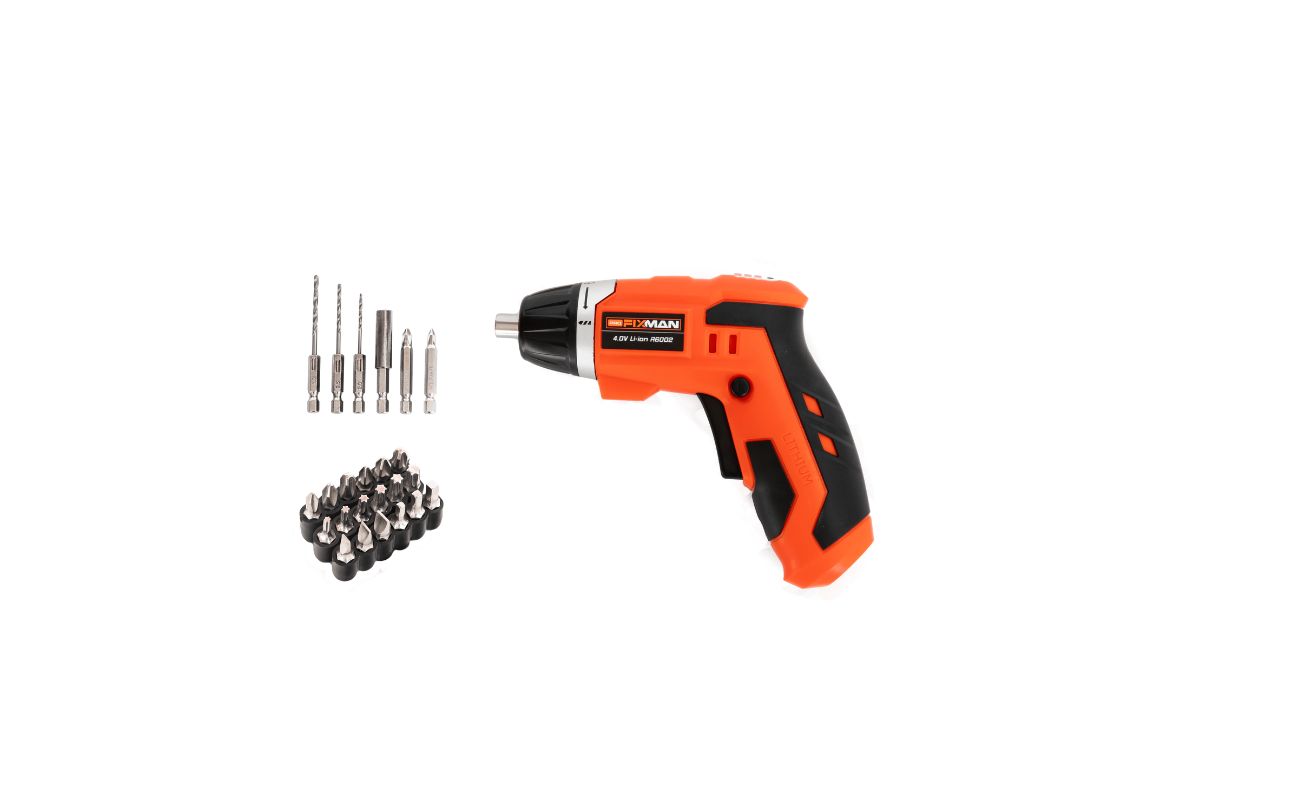
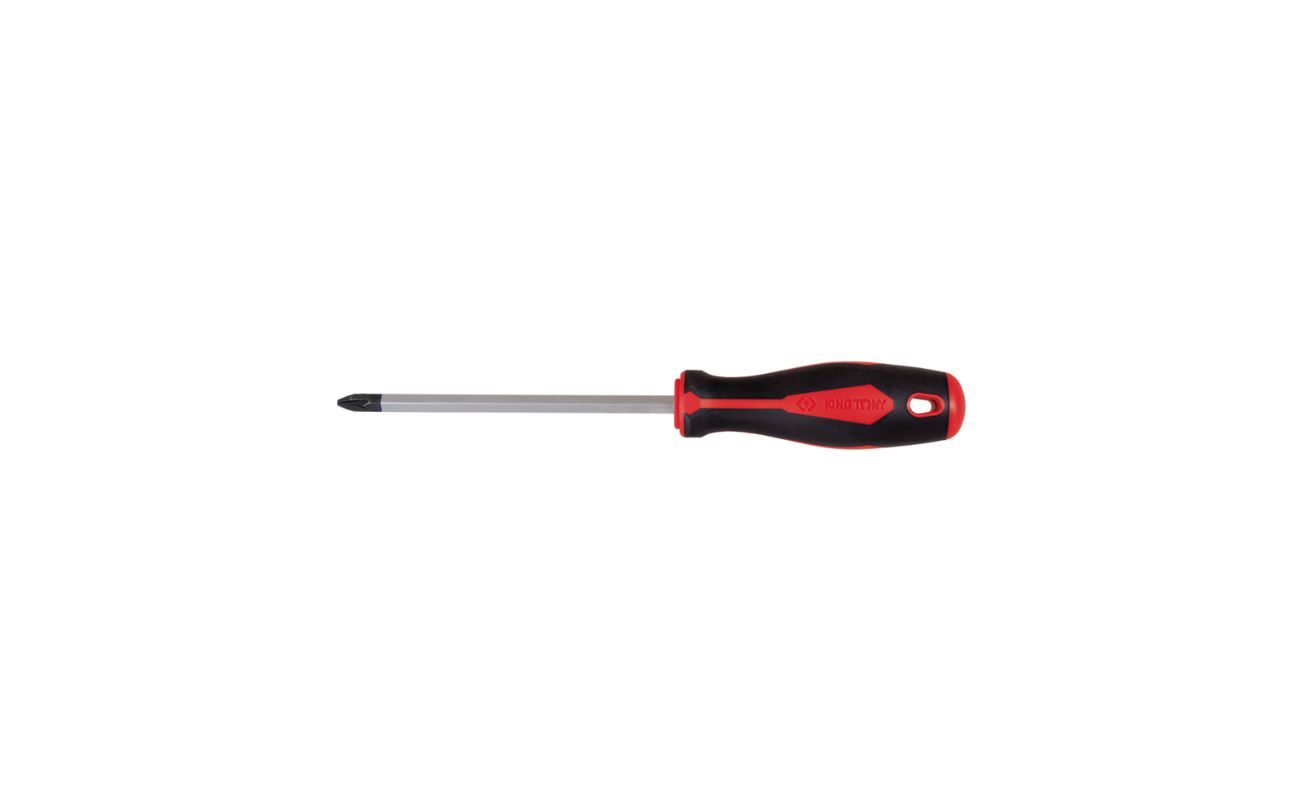
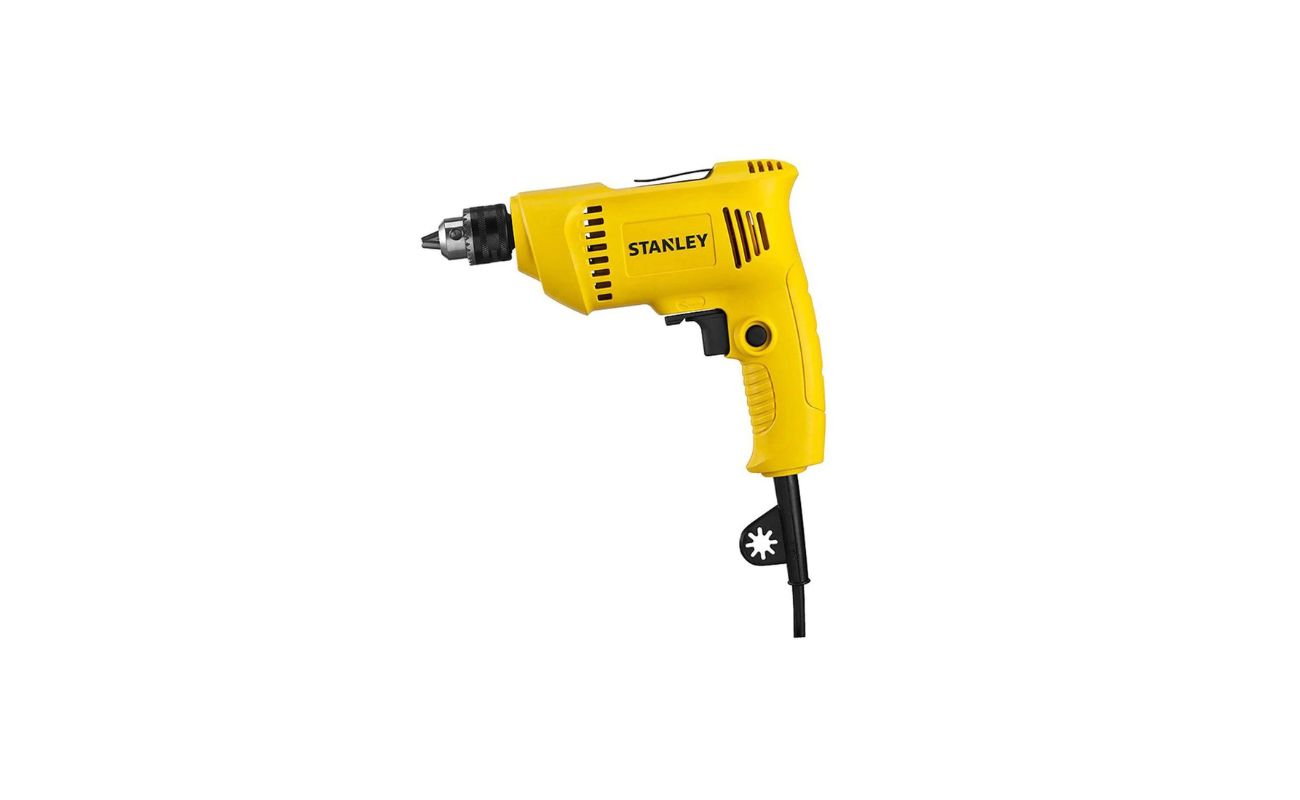
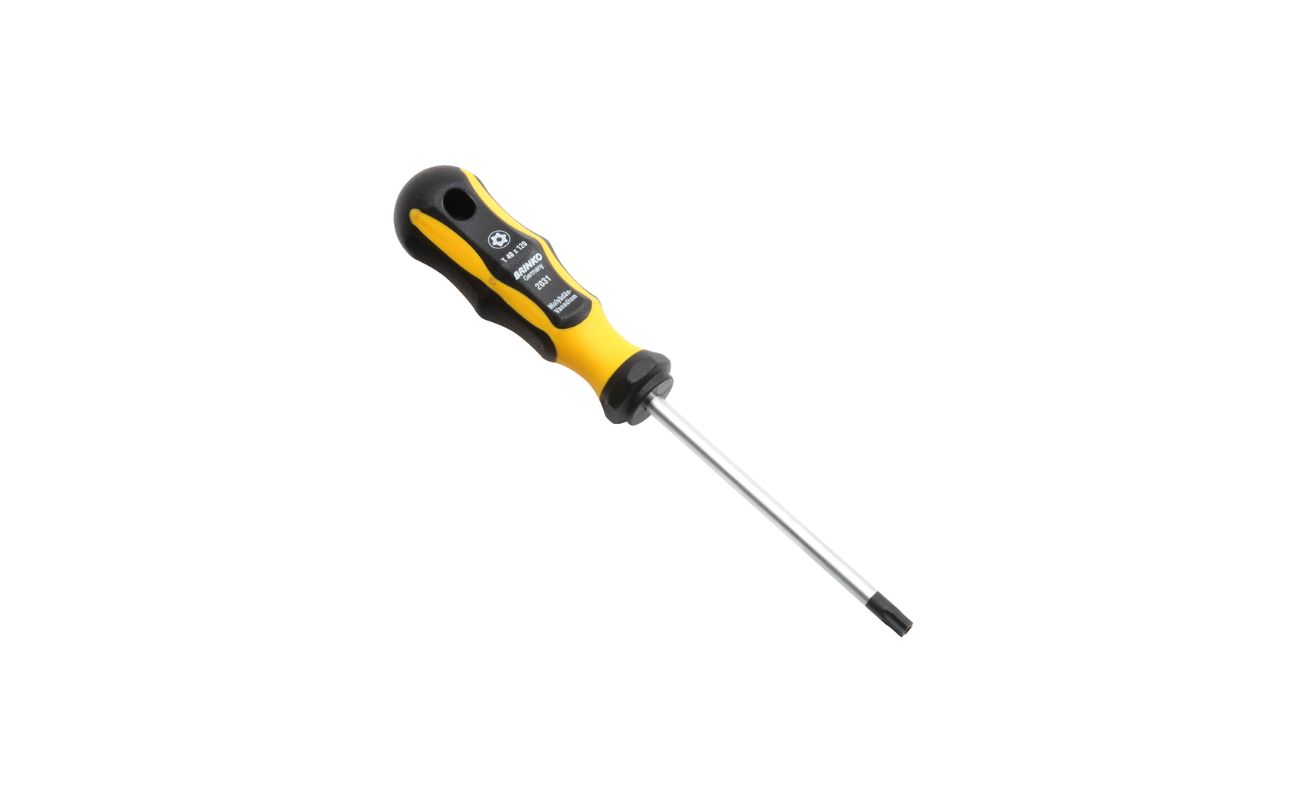
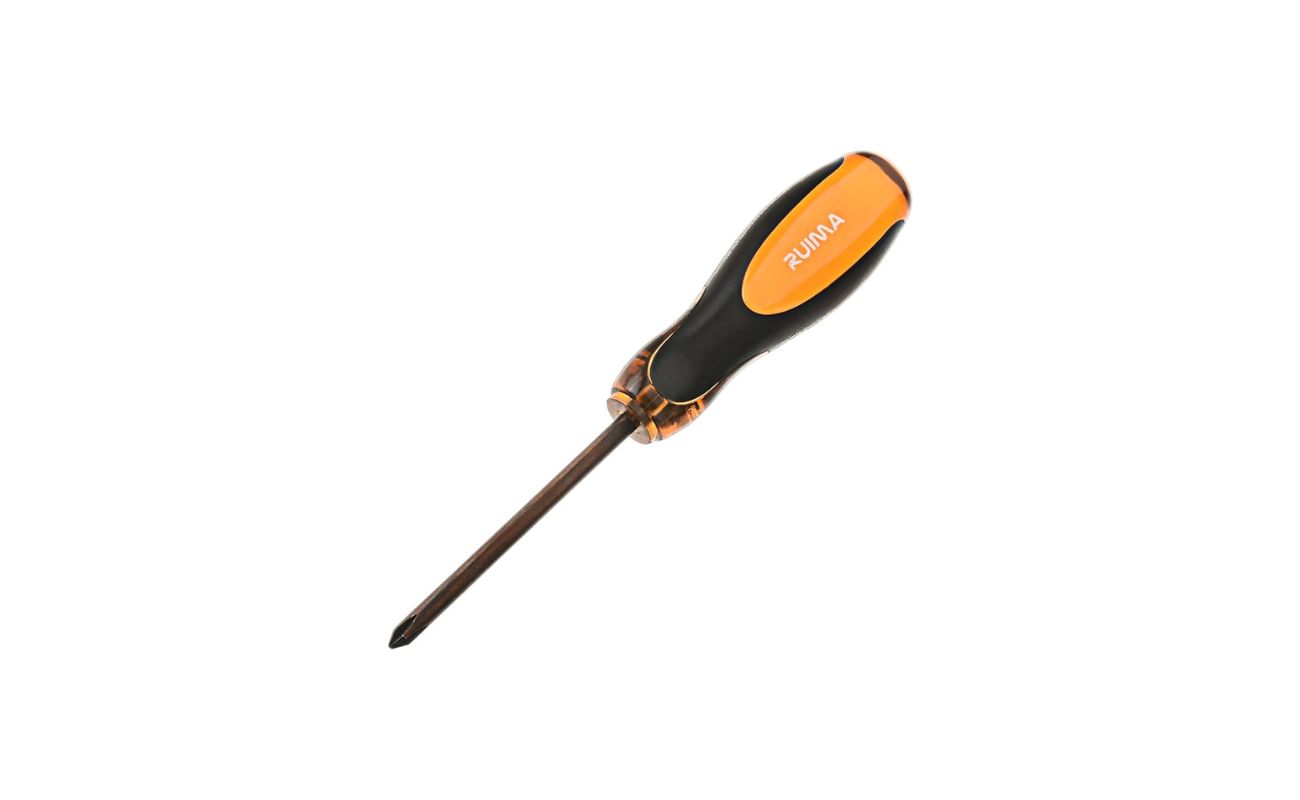
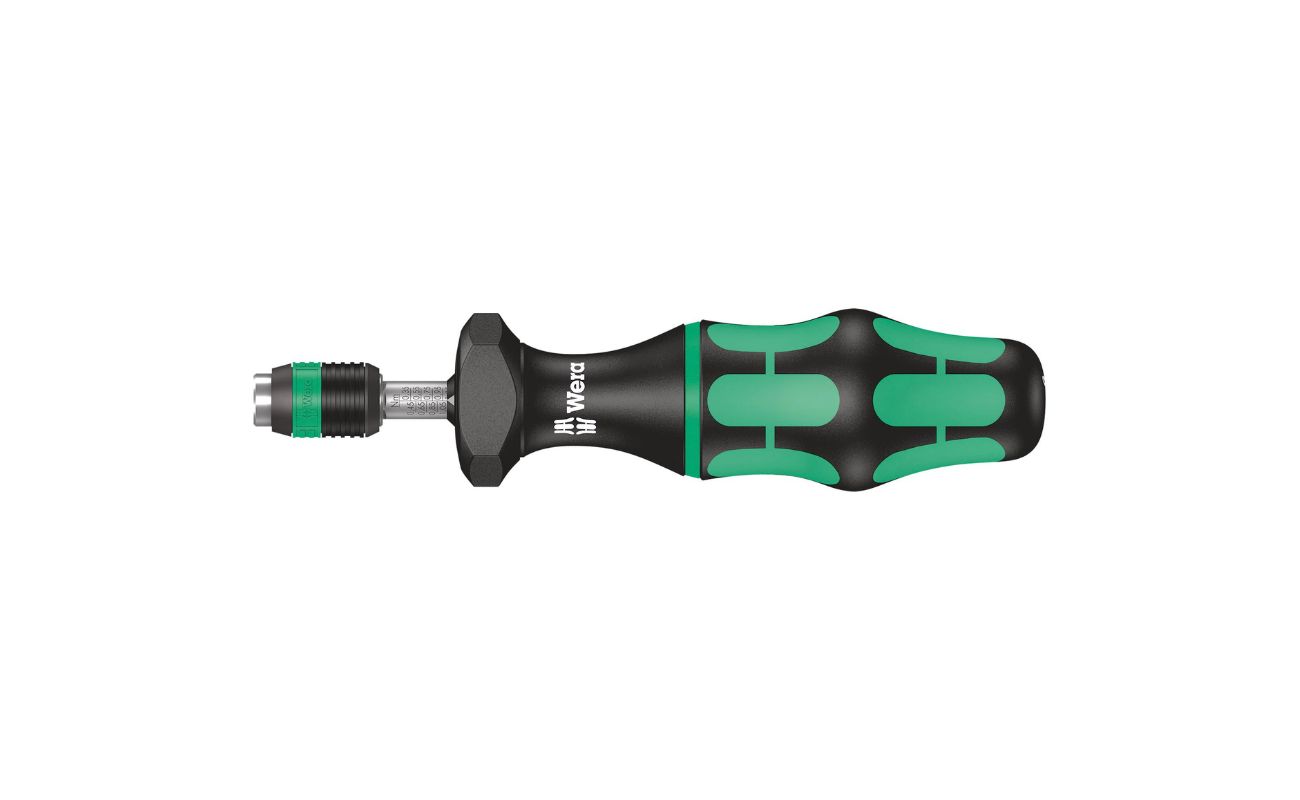
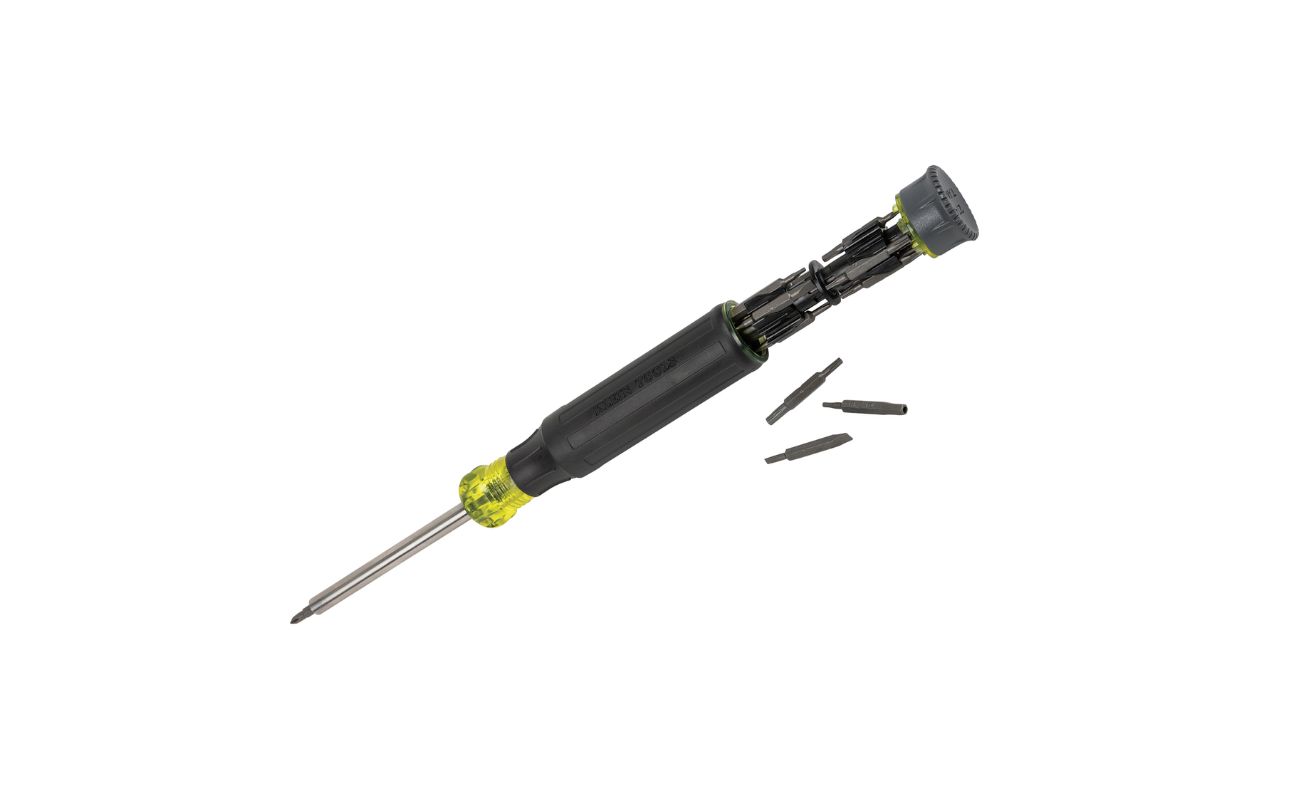
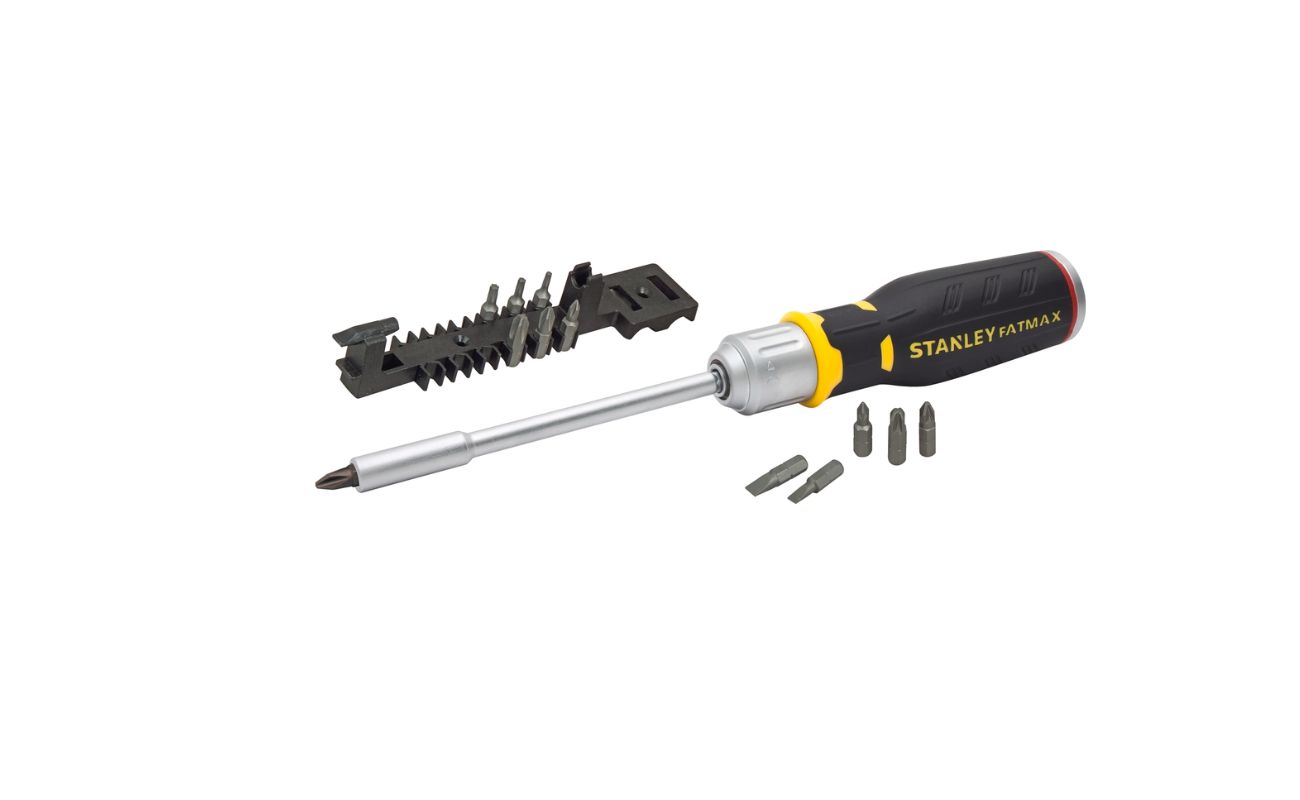
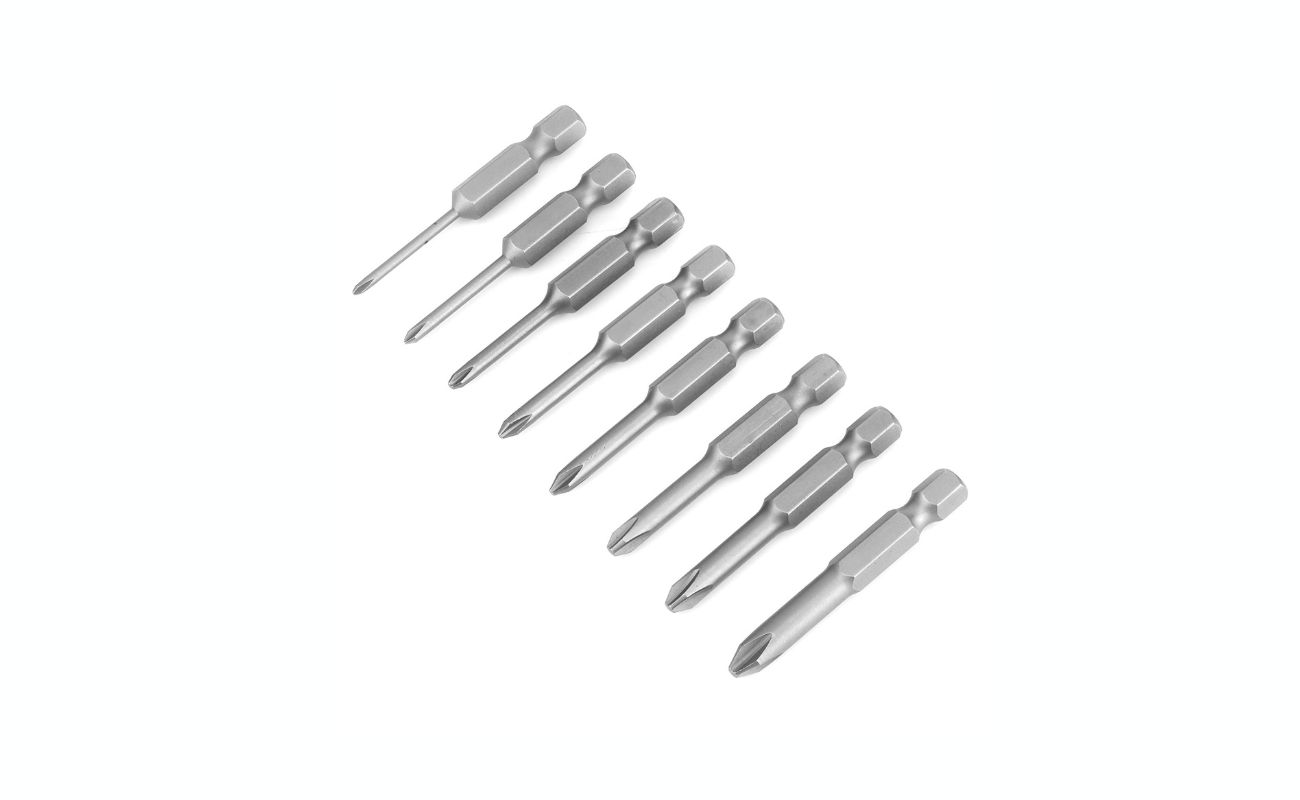
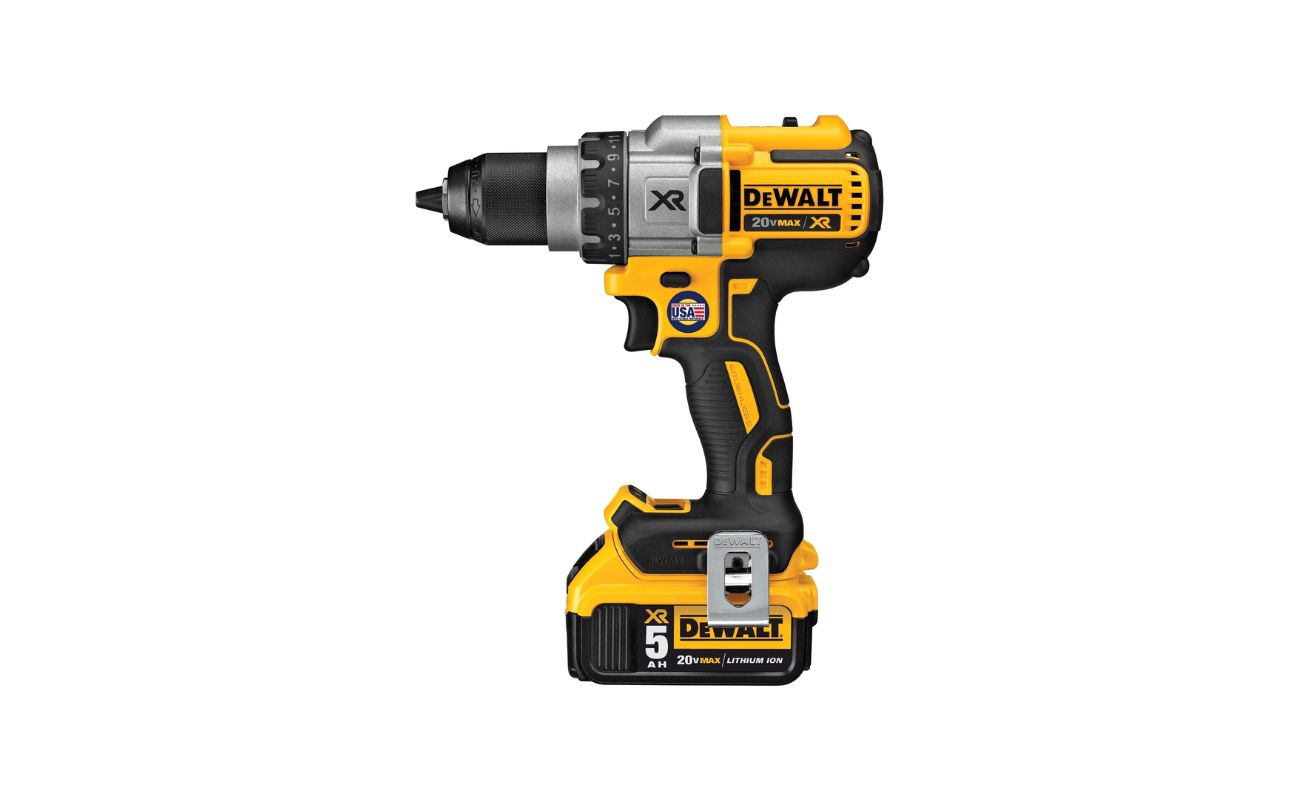
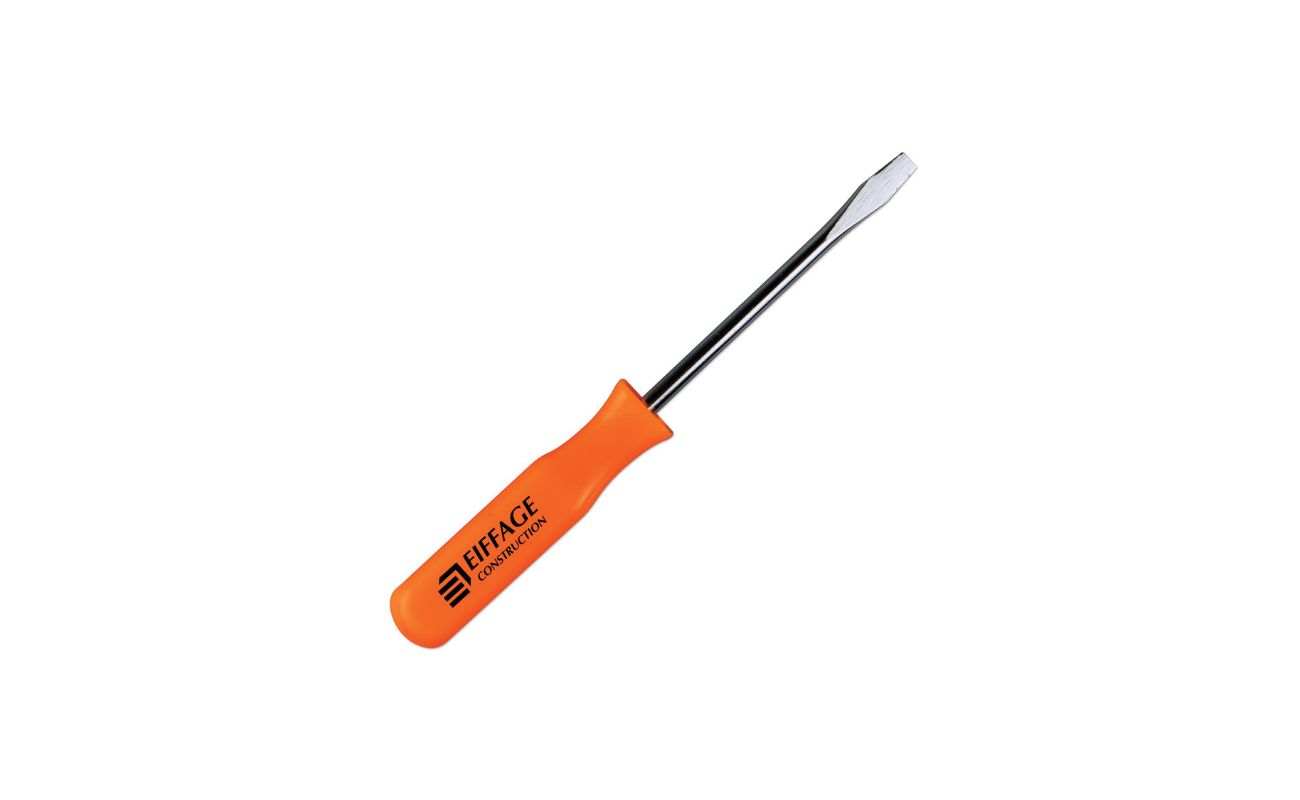
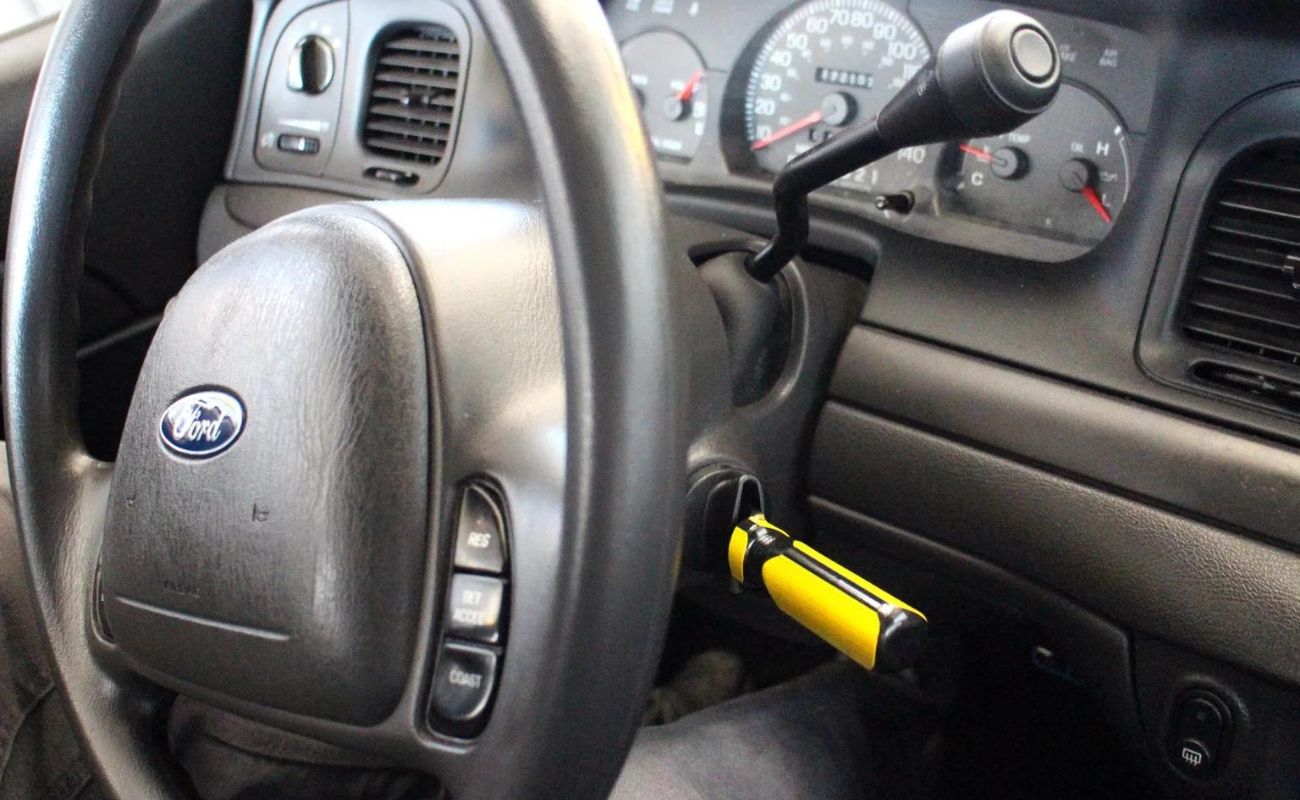
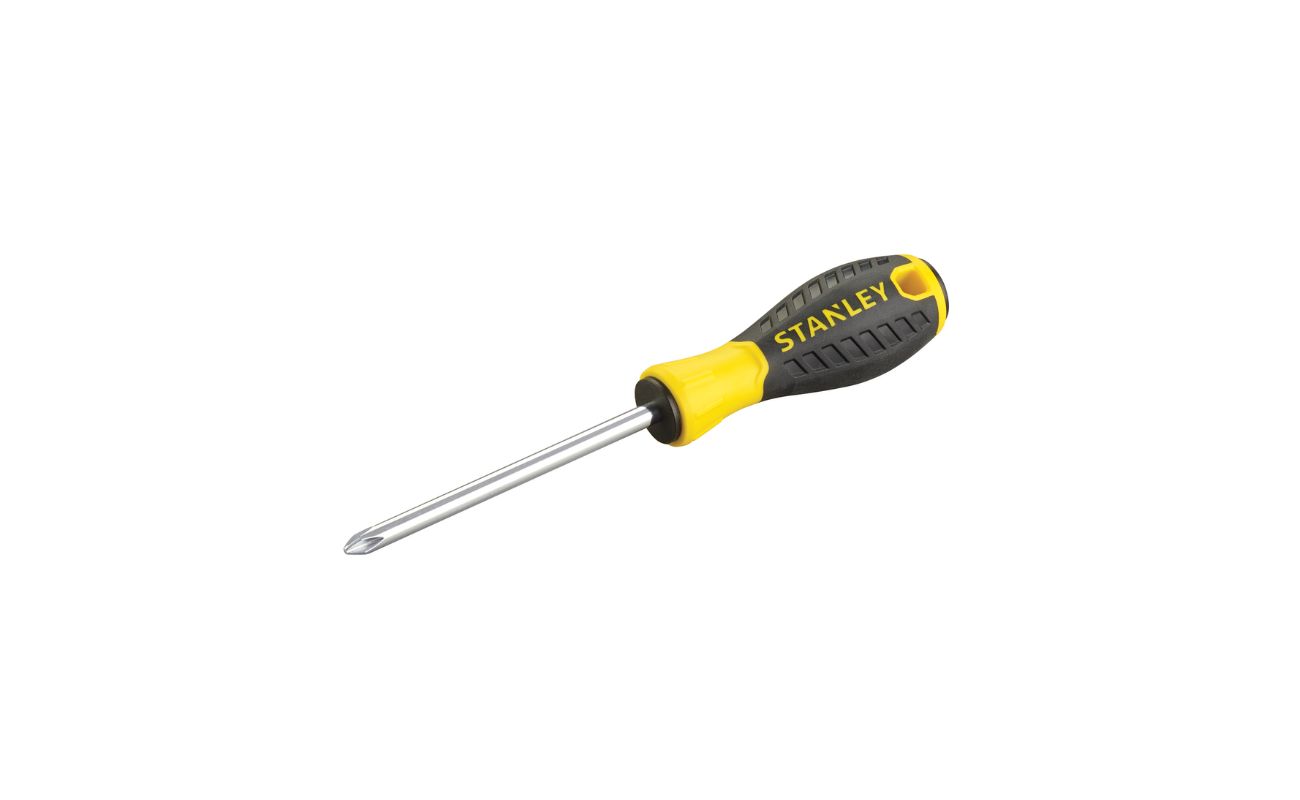
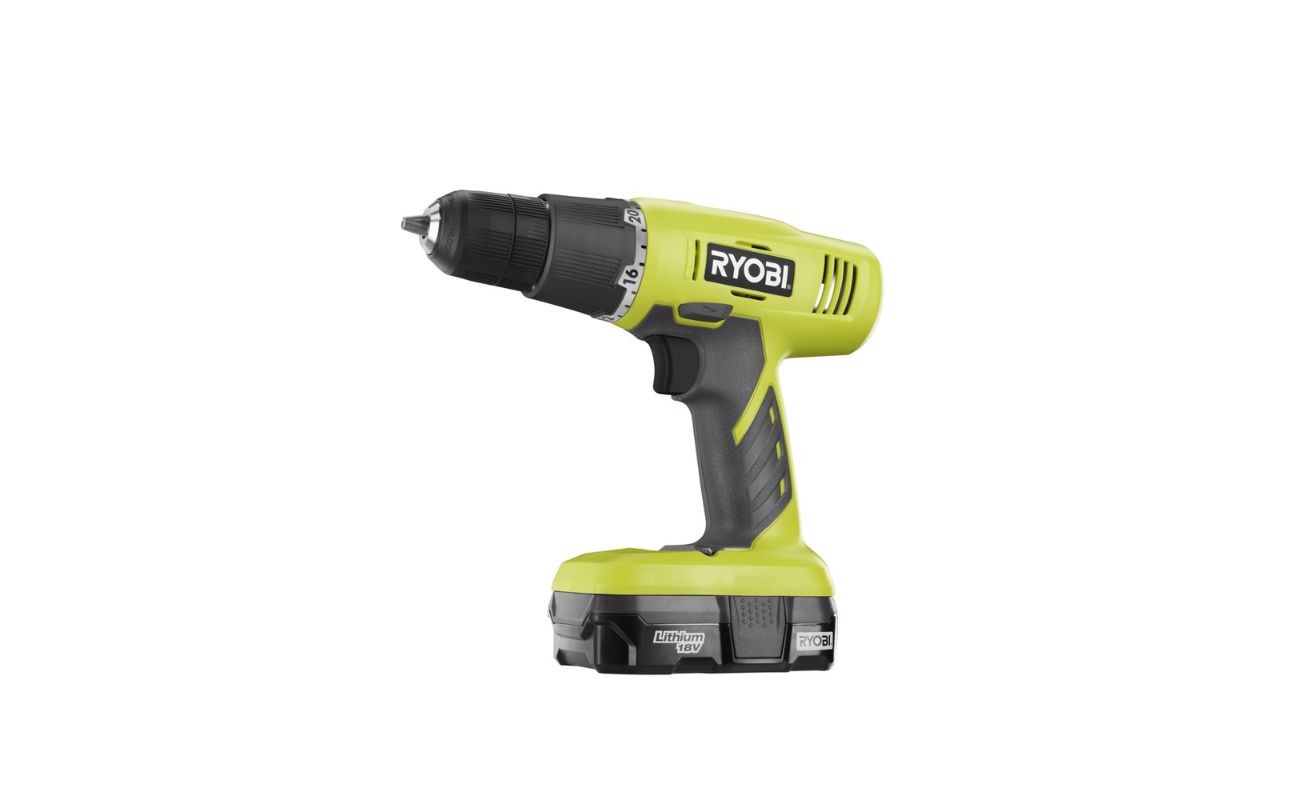

0 thoughts on “Why Is It Difficult To Exert A Large Force Using A Screwdriver”